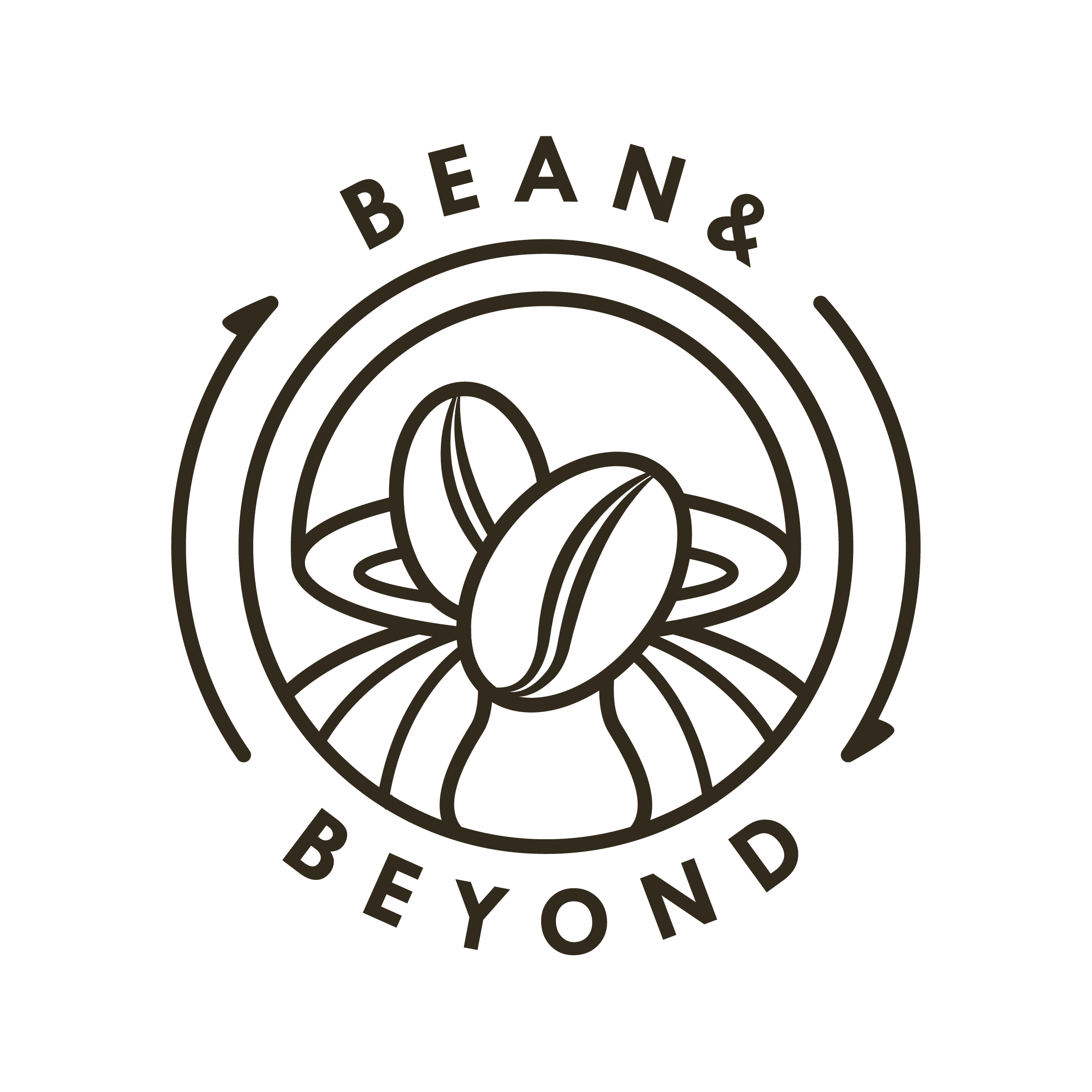Straw
15.00AED
Straw
Commonly used in the region to feed cattle, this simple ingredient serves as the substrate that the mushroom mycelium consumes/ decomposes to eventually grow from.
Sterilization
Boil or soak with water and lime for hassle-free sterilisation
Advantages
Minimizes the risk of disorder and contamination, ensuring a clean substrate for mushroom cultivation
Quantity
Return & Refund Policy
This item is non-refundable and we accept no returns as well
Shipping Info
We deliver the next day in Dubai for orders received before 5pm, every Saturday for Sharjah, and every Sunday for Abu Dhabi. We do not deliver to other Emirates currently. Pick-up from our farm is also available on all days. Contact us at +971585072205 for more information.
Pasteurization is a process used to remove harmful pathogens and unwanted organisms from the material where mushrooms will grow. This material, called the substrate, is usually moist and organic, making it a good place for other bacteria and fungi to grow.
To ensure that mushroom mycelium can grow without competition from these other organisms, pasteurization or sterilization is necessary. Pasteurization uses less energy than sterilization and temporarily removes most of the major organisms, giving mushrooms a head start before other contaminants can return.
There are different methods to pasteurize a substrate. The simplest is cold lime pasteurization. Other methods include hot water pasteurization and wood ash bath pasteurization.
Mushroom mycelium is the hidden part of a fungus, usually found underground or in rotting wood. It's the main part of the fungus that helps to make mushrooms.
Mushrooms, on the other hand, are the visible parts that helps the fungus reproduce.
Mycelium is made up of tiny, thread-like strands called hyphae. These strands form a big, tangled web under the ground or inside dead plants.
Unlike humans, fungi digest food outside their bodies by releasing enzymes to break down organic material, then absorbing the nutrients through their cell walls.
Mushroom mycelium is very resilient and can stay inactive for a long time, waiting for the right conditions to grow mushrooms and continue the fungal life cycle.

COLONIZATION
Colonization refers to the process during which the mycelium spreads and digests the substrate before mushrooms start to emerge.
FLUSH
A clustered harvest of mushrooms that grow together over a short period of time. For example, oyster mushroom usually has 2-3 flushes, with a break of 1-2 weeks between each flush.
FRUITING
Process during which mushrooms form and grow from the
mycelium or substrate bag. The mushroom is the "fruit" of the fungus as it is the reproductive part of the fungus.
INOCULATION
In mushroom cultivation, inoculation involves deliberately introducing mycelium (in the form of spawn) into a clean substrate to initiate mushroom growth.
MYCELIUM
Network of microscopic filaments or thread-like structures that constitutes the vegetative part of the fungus and colonizes the substrate to subsequently produce mushrooms.
PINNING
Can also be called baby mushrooms, their appearance signals the beginning of mushroom growth.
SPAWN
Substrate colonized by the mycelium, or the living fungal culture, of the chosen mushroom. It is the equivalent of seeds for a mushroom farm.
SUBSTRATE
Medium in which mushroom mycelium grow and develop. It is typically composed of plant-based or woody materials
The Ready Grow Kit contains a living organism (the mycelium), therefore we advise using it as soon as you receive it. If you cannot use it immediately, you can keep it in the refrigerator for up to a month. However, we have noticed that they tend to grow sometimes despite being in the refrigerator.
It's mycelium, the building block of the mushroom or its root structure that helps to digest nutrients from the growing medium so mushrooms can grow from it! Your kit contains a wheat straw block with mushroom mycelium, which has spread throughout the block.
Usually, insufficient fresh air or lack of moisture causes mushrooms to deform as they mature. If the mushroom looks dry and starts to yellow, that is usually a sign of them not having enough moisture. Water them more often (3-4 times a day) at this stage to prevent them from drying.
Mushrooms usually curl inwards and shut when you harvest late.
Additionally, they tend to dry up quickly as well once they are
over-mature. This can happen if you are more than a 12-24 hours
late to harvest the mushroom. They also tend to shed their
spores post maturity
We prefer to harvest oyster mushrooms just before their caps fully flatten, when the edges are still slightly curved under. At this stage, the mushrooms have nearly reached their maximum size and will have better storage capabilities compared to those harvested later. While you can still pick and consume mushrooms after their caps have flattened, they won’t remain fresh as long and tend to be more fragile.
The four holes were created to allow the mycelium, or the mushroom living culture, to breathe. At a time, the mushrooms will pin from 1-2 holes usually only.
If the above options don’t work for you and you would like to dispose the bucket, you can contact us to arrange a pick up or you can drop it off at our farm as well.
You will get at least one harvest of mushrooms from your kit. For 1-2 additional harvests, you need to diligently follow the instructions by providing the kit with an ideal environment and spraying water on it regularly.


